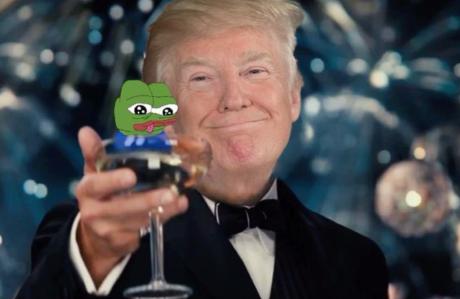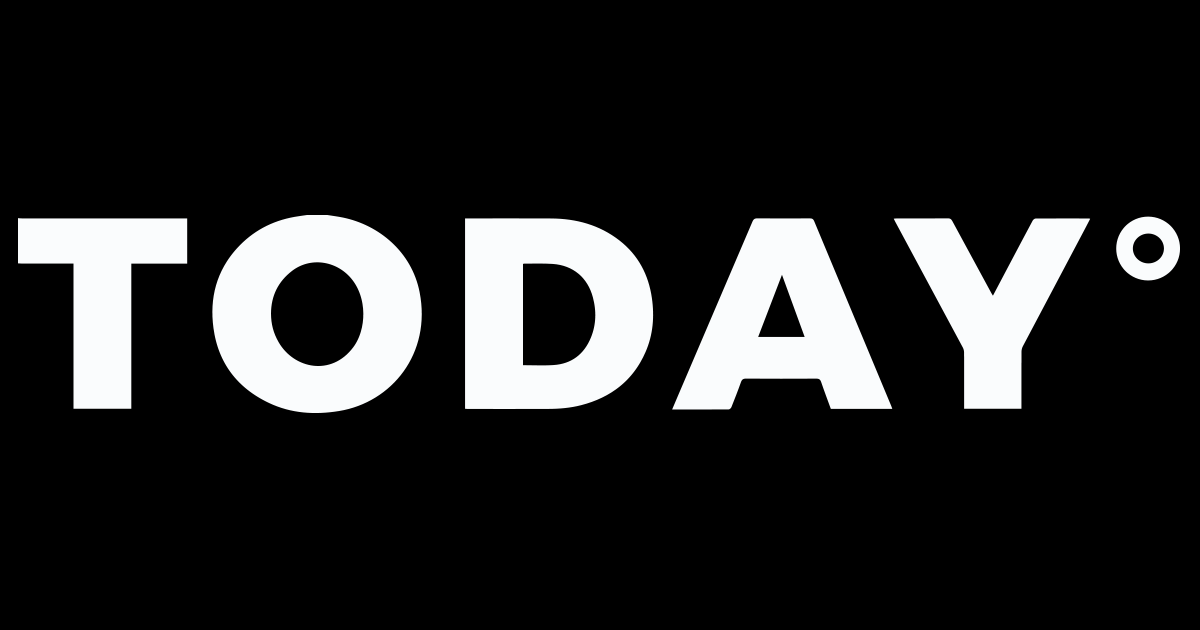On April 17, 2025, Federal Reserve Chairman Powell delivered a highly anticipated speech at the Chicago Economic Club. Although the crypto market did not receive a clear positive signal of interest rate cuts, Powell clearly stated that there is "room for relaxation" in cryptocurrency regulation for banking institutions, affirming the mainstream trend of cryptocurrencies in recent years, and particularly emphasized the need to establish a clear regulatory framework for stablecoins, releasing a positive signal supporting innovation and development in the crypto industry.
Bank Regulatory Trend Shifts
Powell pointed out that the current cryptocurrency regulation for banking institutions "has room for relaxation". While affirming the mainstream trend of the cryptocurrency market in recent years, he particularly emphasized the need to establish a clear regulatory framework for stablecoins. This statement, while emphasizing the maintenance of financial safety and stability, releases a policy signal supporting industry innovation and development. He acknowledged that regulators had been cautious due to "consecutive meltdowns and fraud incidents" in the cryptocurrency field but noted that the current market environment has fundamentally changed.
On March 7 this year, during the first-ever White House Cryptocurrency Summit, the Office of the Comptroller of the Currency (OCC) issued a series of interpretive documents, marking a substantive shift in the U.S. regulatory attitude towards digital assets.
For many years, the U.S. banking system has maintained a rejecting attitude towards cryptocurrencies, often completely refusing to provide services to blockchain enterprises, even earning the nickname "Chokehold 2.0". The latest guidelines issued by the OCC now eliminate key obstacles, allowing national banks to conduct digital asset business more freely while maintaining a strict risk management framework.
[The rest of the translation follows the same professional and accurate approach, maintaining the original meaning and tone of the Chinese text.]
On April 5th, the SEC issued new regulations clearly stating that some stablecoins do not fall under the securities category and can be exempted from transaction reporting obligations.
Analysis suggests that the stablecoins covered by the new SEC regulations may not include those issued by industry giant Tether, as the SEC pointed out that acceptable reserves for stablecoins do not include precious metals or other crypto assets, both of which are included in Tether's reserves. Additionally, the SEC requires that any token must be immediately convertible to US dollars, but Tether's terms of service suggest possible minimum amount conversion or delayed conversion.
The Senate and House have a consistent basic framework for stablecoin legislation, but still disagree on algorithmic stablecoin regulation and the division of state and federal regulatory powers. The industry predicts that if the GENIUS and STABLE bills are merged after coordination, they may complete legislation before the August congressional recess. The Blockchain Association's Director of Government Affairs, Ron Hammond, predicts: "In the next 2-3 months, we will prepare to vote on the merged STABLE GENIUS bill."
Trump strongly supported legislators pushing stablecoin legislation at the White House Crypto Summit in March and indicated he would sign the bill before August. Treasury Secretary Scott Bescent hinted at "consolidating the US dollar's global reserve currency status through the stablecoin system." On April 9th at the American Bankers Association (ABA) conference, Bescent again emphasized that the Treasury is "carefully evaluating regulatory barriers for blockchain, stablecoins, and new payment systems" and considering reforms to "release the massive potential of US capital markets."
Under strong push from the Trump administration, industry insiders predict 2025 will be the "first year of comprehensive stablecoin adoption." However, some Democratic senators question potential conflicts of interest with Trump's family DeFi project "World Liberty Financial (WLFI)". Five Democratic senators wrote to the Federal Reserve and OCC, raising concerns about unprecedented risks from the USD1 stablecoin launched by WLFI. The letter notes that Trump weakened regulatory independence through a February executive order and holds 60% of WLFI's shares, constituting a significant conflict of interest. Since its establishment in September 2024, WLFI has raised $550 million through two token sales and launched USD1 on BNB Chain and Ethereum in March, coinciding with congressional review of the GENIUS bill.
In the future, as the regulatory framework continues to improve and the market environment gradually matures, cryptocurrencies and stablecoins may play a more important role in the global financial system.
Institutions and investors need to closely monitor policy dynamics and market trends,
and seize historical opportunities.
Welcome to join the BlockBeats official community:
Telegram Subscription Group: https://t.me/theblockbeats
Telegram Communication Group: https://t.me/BlockBeats_App
Official Twitter Account: https://twitter.com/BlockBeatsAsia







